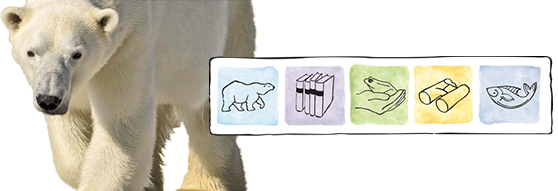Identifying Sykes’ monkeys’, Cercopithecus albogularis erythrarchus, axes of fear through patch use
Publication Type: |
Journal Article |
Year of Publication: |
2011 |
Authors: |
Sara E. Emerson, Joel S. Brown, Jabu D. Linden |
Publication/Journal: |
Animal Behaviour |
Keywords: |
cercopithecus albogularis erythrarchus, giving-up density, landscape of fear, patch use, predation risk, primate foraging, samango monkey, sykes' monkey |
ISBN: |
0003-3472 |
Abstract:
We used experimental food patches to test how habitat factors affect predation risk for Sykes’ monkeys. We created food patches to reveal monkeys’ foraging cost of predation. We measured the monkeys’ variation in predation costs with patches stratified by height and arrayed horizontally. We expected the monkeys to harvest the most from patches with the least substrate/most food, and to harvest the least from patches with the most substrate/least food. Furthermore, we predicted that giving-up densities (GUDs) would (1) decrease with greater height (2) increase on the ground when sightlines were blocked, and (3) in a landscape grid, decrease in patches near trees and increase in patches near shrubs. Monkeys harvested the most from the richest patches and the least from the poorest patches. Along a vertical axis, GUDs decreased by 15% from 0.1 m to 2 m, and by 10% from 2 m to 5 m. Along a horizontal axis, GUDs were affected by curtain-blocked sightlines (4.7% higher with curtains), but not by distances to vegetation. We demonstrated that the vertical landscape gradient is more meaningful to Sykes’ monkeys than the terrestrial horizontal. We conclude that experiments with giving-up densities in depletable food patches provide effective means for studying primate ecology.


